Technical Support技术支持
CONTACT US
 400 179 0116
400 179 0116
24-hour service hotline marketing@ldraft.comE-mail
marketing@ldraft.comE-mail
Understanding cancer stem cells is critical to the treatment of cancer and the development of new therapies for cancer
source:QiDa technoligy views:1532 time:2024-03-01
Understanding cancer stem cells is critical to the treatment of cancer and the development of new therapies for cancer. Cancer stem cells (CSCs) are a special type of tumor cell that can have a significant impact on the growth and development of debilitating diseases. As the name suggests, cancer stem cells have the ability to differentiate and self-renew, potentially causing, multiplying and spreading cancer in patients and leading to recurrence after treatment. 1 Treatments must target and combat CSC in order to effectively treat cancer. In addition to covering the fundamental biology that underpins CSC, this article will provide a brief overview of how the lab's innovative resources and services can facilitate the targeting of cancer stem cells in biomedical research and cancer treatment.
How do cancer stem cells develop?
The ability of stem cells to differentiate freely into different types of mature tissues, such as muscle, bone and organs, is key to the body's normal development pattern. Stem cells go through repeated cycles of replication and maturation. While stem cells have unique properties that prevent mutations, they can occur during growth and have catastrophic consequences because some genes are mutated. CSC is produced as a result of mutations in the genomes of normally functioning stem cells. As a result, these cells are the origin of the tumor and usually make up only a small fraction of the total mass of the tumor (about 0.01-2%), making it difficult to find effective targeted therapies. Many existing cancer treatments focus on the whole tumor quality rather than directly targeting these cells, which is also a reason for the poor survival of cancer patients
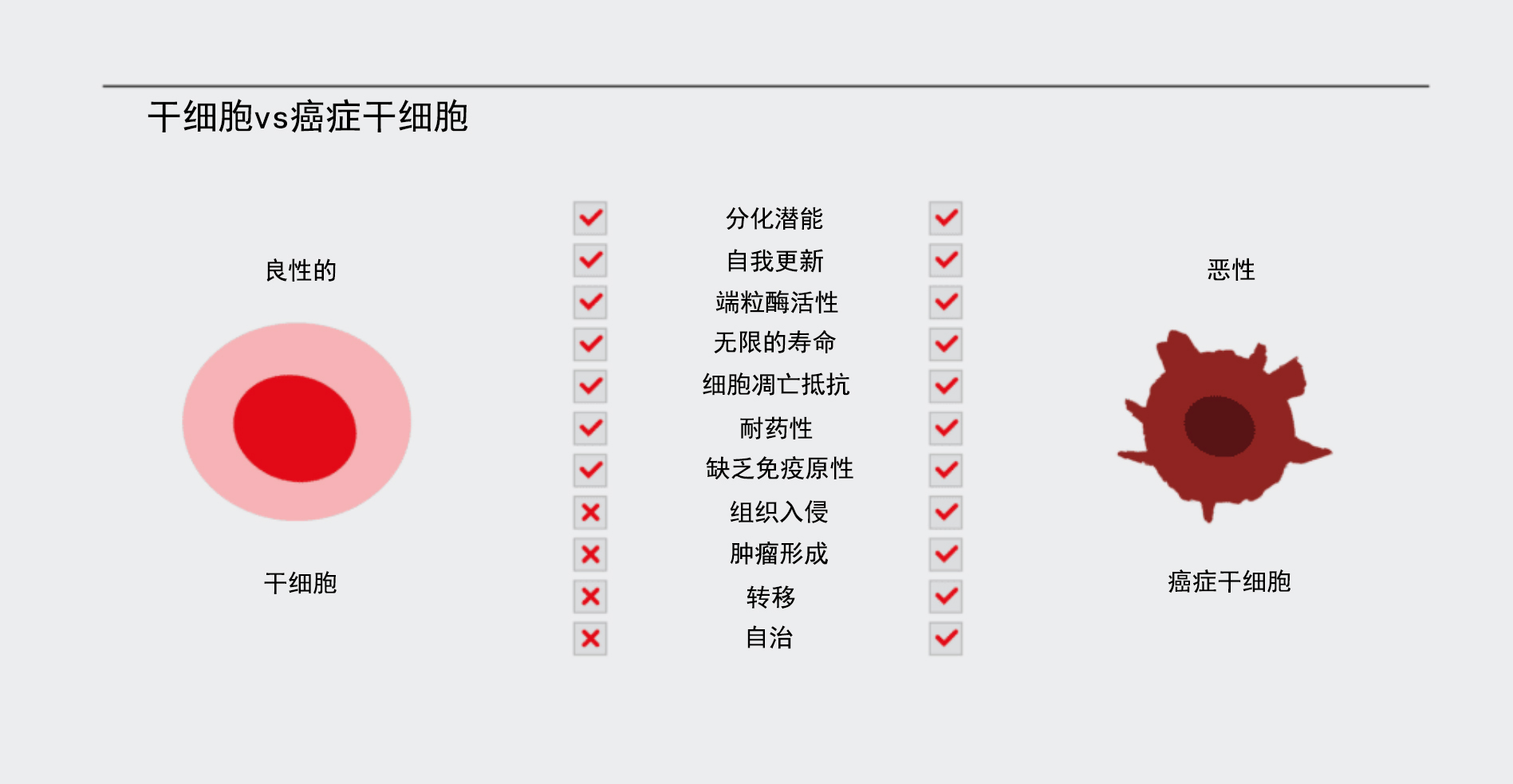
The role of cancer stem cells in tumor biology
The development of tumors is driven by CSC during tissue regeneration or in response to external carcinogens such as radiation or toxins that trigger malignant mutations. In cancer, mutations, such as the overexpression of oncogenes and the inactivation of tumor inhibitors, can cause uncontrolled cell growth, which can have a debilitating effect on normal cell growth and development. This uncontrolled proliferation of cells forms a tumor. The special properties of CSCS - as opposed to proliferative cancer cells - lead to a high likelihood of unstable genetic changes. This means that, over time, tumors formed from CSC become more aggressive; Invasiveness and resistance to treatment, eventually metastasizes and spreads to other tissues and areas of the body.
Because of the critical role of CSCs in tumorigenesis and disease recurrence, many researchers have focused on biomarkers that characterize the cells so that treatments can be enhanced. While it is important to fight the tumor itself, there is a chance that the remaining CSC will metastasize and the cancer will continue to spread. Therefore, finding a way to use cancer stem cells as targets to improve and innovate personalized biomedical solutions for this deadly disease is essential.
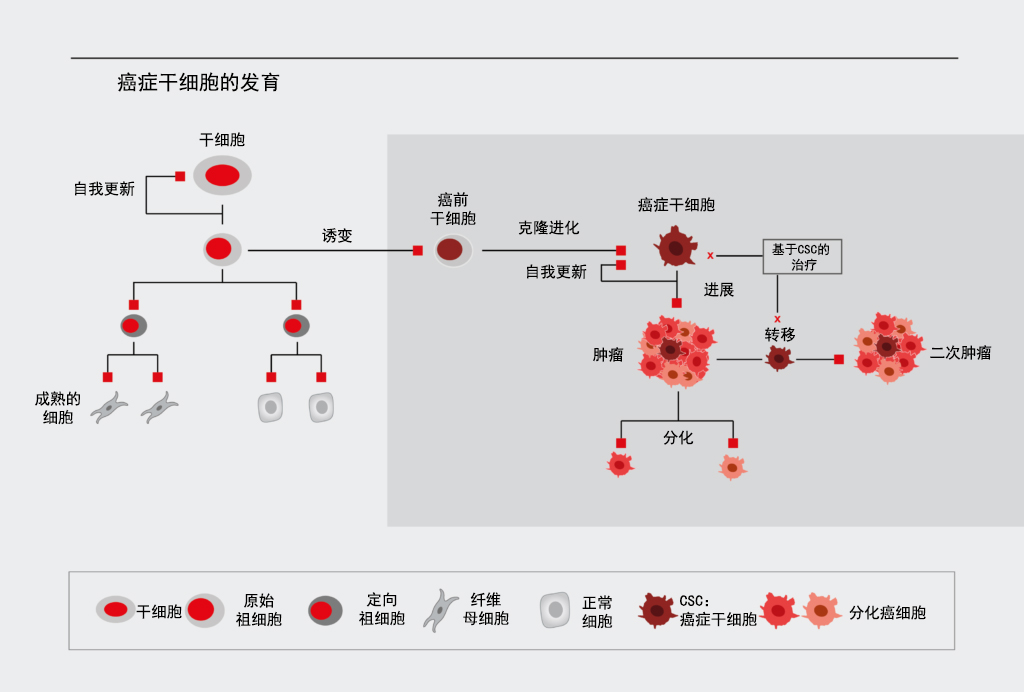
Current methods of targeting cancer stem cells
Various approaches to CSC are being developed, but still have their limitations. Such as
It may be useful to disrupt signaling pathways associated with these specific cells; However, CSC shares many pathways with conventional stem cells, making this treatment option non-specific.
Targeting certain surface markers on these cells is another potential way to treat cancer. However, distinguishing specific biomarkers that are not expressed on normal stem cells is difficult and reduces the accuracy and efficacy of treatment.
3 Due to the different genetic and epigenetic landscape of each patient, there are also risks associated with treatment through medication, as this can lead to vastly different responses to the medication and severe side effects.
4 In addition, using animal models is time consuming, expensive, and less reproducible clinically to human systems.
The main issue in the successful development of CSC therapies is the ability to support the "dryness" of cancer stem cells outside the physiological niche in vivo, which is central to developing suitable cell culture models for research. Traditional cell cultures used in cancer research also support benign tumor cell growth and often show the loss of malignant cells needed for further research. In addition, animal components such as fetal bovine serum (FBS) and insulin are used in traditional culture, which will also lead to messy experimental data and fall short of the ideal. In addition, standard methods such as fluorescence activated cell sorting (FACS) and magnetic activated cell sorting (MACS) are difficult and cumbersome to isolate and culture cancer stem cells in vitro. Because CSCS are highly diverse and lack unique and specific markers, the identification, isolation, and culture of cells remains a challenge for scientists.
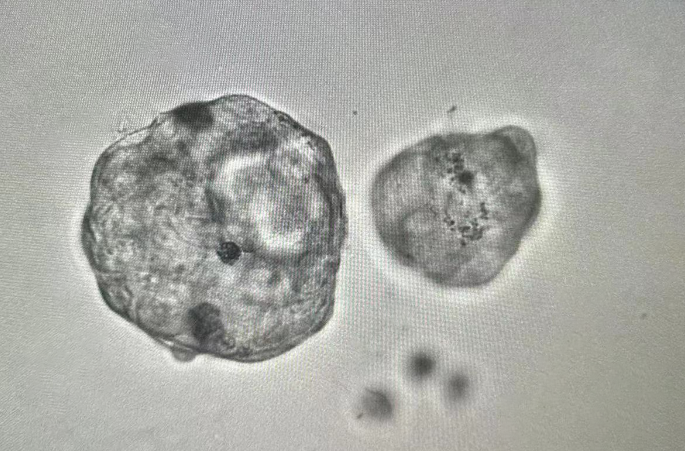
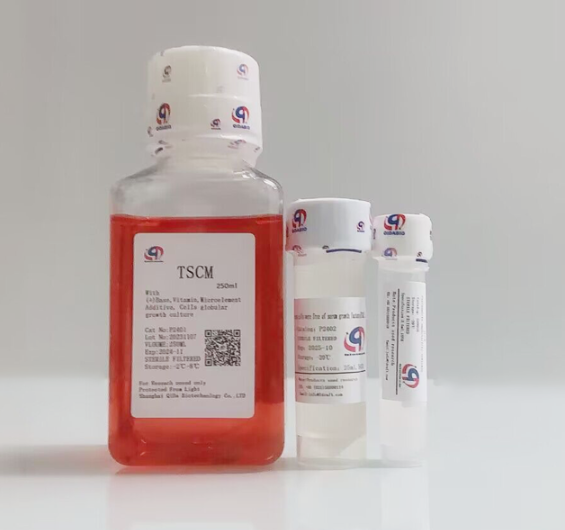
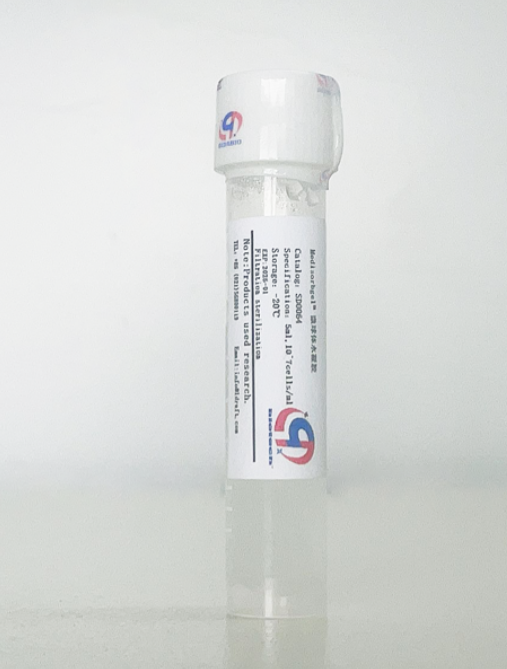
Related product recommendation:
Medisorbgel™ microsphere hydrogel
1. Natural hydrogel structure, no animal components
2. Reduce the cost of pellet formation, and can screen and culture tumor stem cells without using low adsorption culture equipment
3. The use is simple. After cell centrifugation, add 1*10^7cell/ml to the cells and then add TSCM medium to re-suspend
TSCM tumor stem cell pellet culture medium:
1. Most tumor cell lines can be formed into pellets directly using TSCM
2. It can cultivate complex spheres and organoids such as embryonic bodies, mammary spheres, tumor spheres, hepatocyte spheres and nerve spheres for CSC research
3. It can maintain the passage and expansion of homogeneous tumor balls
4. No serum and no animal-derived protein components, which can maintain the uniformity and verifiability of the experiment.







